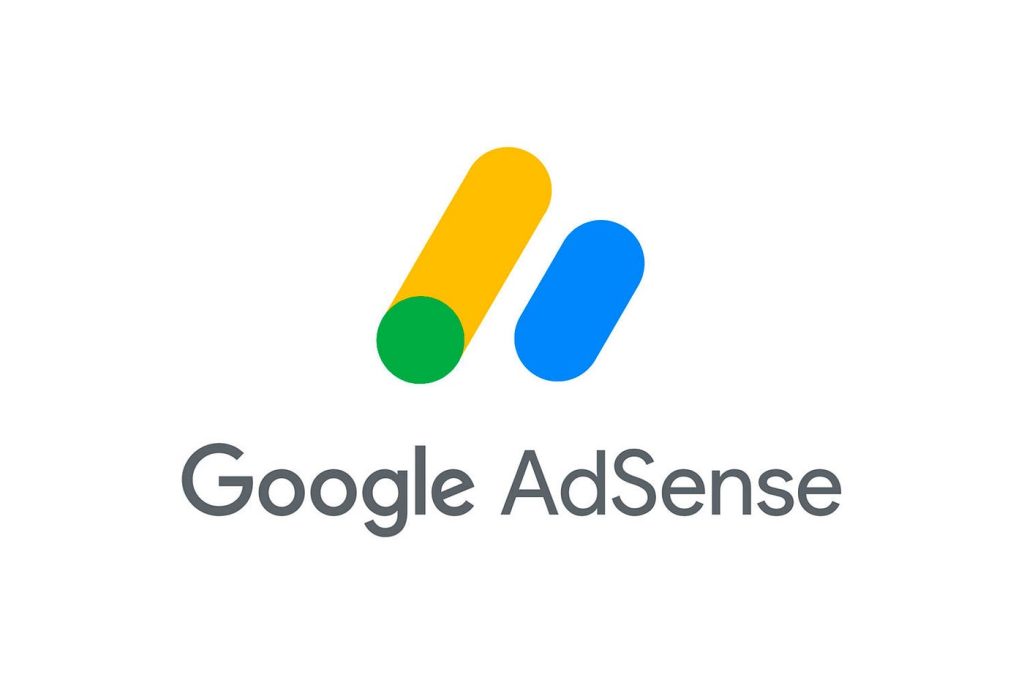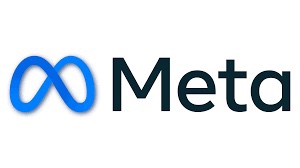Google To Change How it Pays Publishers Who Monetize With Adsense.

Twenty years ago, Google introduced AdSense to help publishers of all sizes monetize their websites. Since then, AdSense has played a pivotal role in the digital advertising ecosystem, connecting publishers with advertisers worldwide. In this ever-evolving landscape, Google is now making two significant changes to enhance the AdSense experience for publishers: updating the revenue-share structure and transitioning to paying publishers per impression. These changes aim to provide more transparency and consistency while ensuring that publishers continue to benefit from their content monetization efforts.
AdSense Revenue Share Structure Update:
For years, AdSense has been transparent about its service fee, in line with industry standards. Publishers who utilized AdSense to monetize their content received 68% of the revenue generated.
However, there’s a change in how the revenue share is structured. Instead of a single transaction, AdSense is now splitting the revenue share into separate rates for the buy-side and sell-side. When displaying ads with AdSense for content, publishers will receive 80% of the revenue after the advertiser platform deducts its fee, whether that platform is Google’s buy-side or third-party platforms.
- For example, when Google Ads purchases display ads on AdSense, Google Ads will retain an average of 15% of advertiser spend. The actual percentage may vary, as Google Ads does not charge a fixed, per-impression fee, but instead charges based on user actions like clicks or conversions.
- Publishers will continue to receive approximately 68% of the revenue, ensuring that their earnings remain largely unaffected.
When advertisers use a third-party platform to purchase display ads on AdSense, publishers will keep 80% of the revenue after the third-party platform has deducted its fee. Google does not have control or visibility into the fees charged by these third-party platforms to advertisers.
Transition to Per-Impression Payments:
In addition to the revenue-share changes, AdSense will transition from primarily paying publishers per click to the industry-standard practice of paying per impression. This shift provides a more uniform way to compensate publishers for their ad space across Google’s products and third-party platforms. It helps publishers make direct comparisons with other technology providers they may be using.
It’s crucial to note that this change will not impact the type or quantity of ads that publishers can display on their websites. Publishers in the AdSense network must adhere to AdSense policies and Better Ads Standards, which prohibit intrusive practices such as pop-ups or ads that obstruct most of the screen.
Conclusion:
These updates to Google AdSense are set to go into effect early next year, and they do not require any immediate action from publishers. Google remains committed to supporting the open web and facilitating access to diverse content that advertising sustains. These changes are part of Google’s ongoing efforts to provide transparency, simplicity, and consistent revenue opportunities for publishers in the digital advertising landscape. With these improvements, AdSense will continue to be a valuable resource for publishers of all sizes, helping them monetize their content effectively and efficiently.







